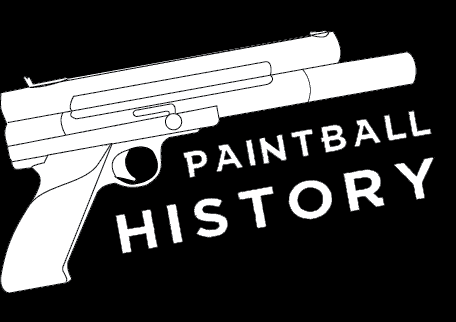
“… LAPCO, Air America, and Swiftline do all [the Ironmen’s] work. I would say with confidence however that Skip Swift at SwiftLine does the best Bud Orr modification on the planet and that is probably why he is the only authorized Worr Games East.”
Posted by Alexander “Zander” Rose of the Ironmen, originally posted in an online newsgroup around 1992-1993.
Archived on Warpig in a write up by Jim Burke / Martin Heffron.
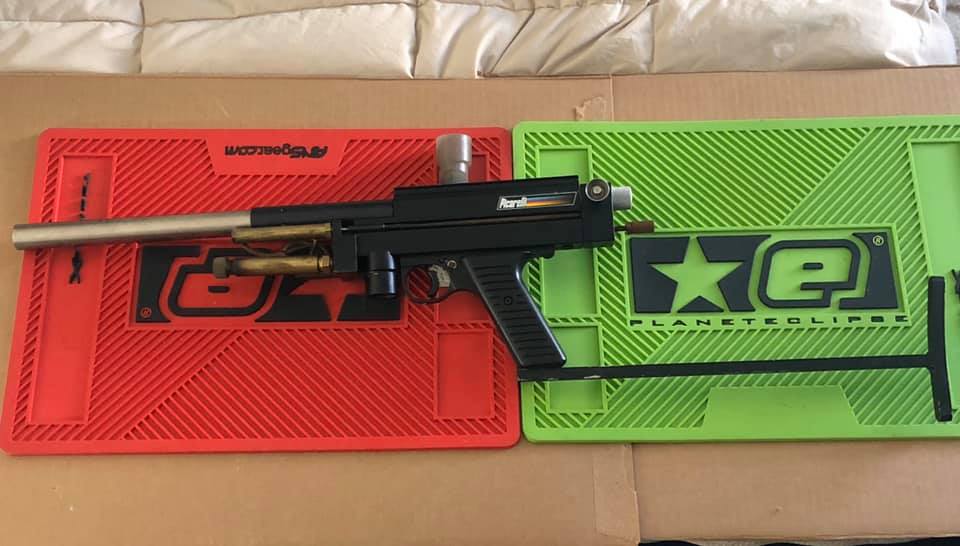
Early Autococker History
During 1991-1992 the operation of the Autococker was uncharted territory. Many airsmiths couldn’t provide support for the platform quick enough for teams to adopt and trust the reliability.
Those knowledgable in tuning and building Sniper 1 and 2s were some of the earliest to excel with the Autococking Sniper. These airsmiths were able to adapt their knowledge of the platform and get the ball rolling on custom modification and early aftermarket accessories.
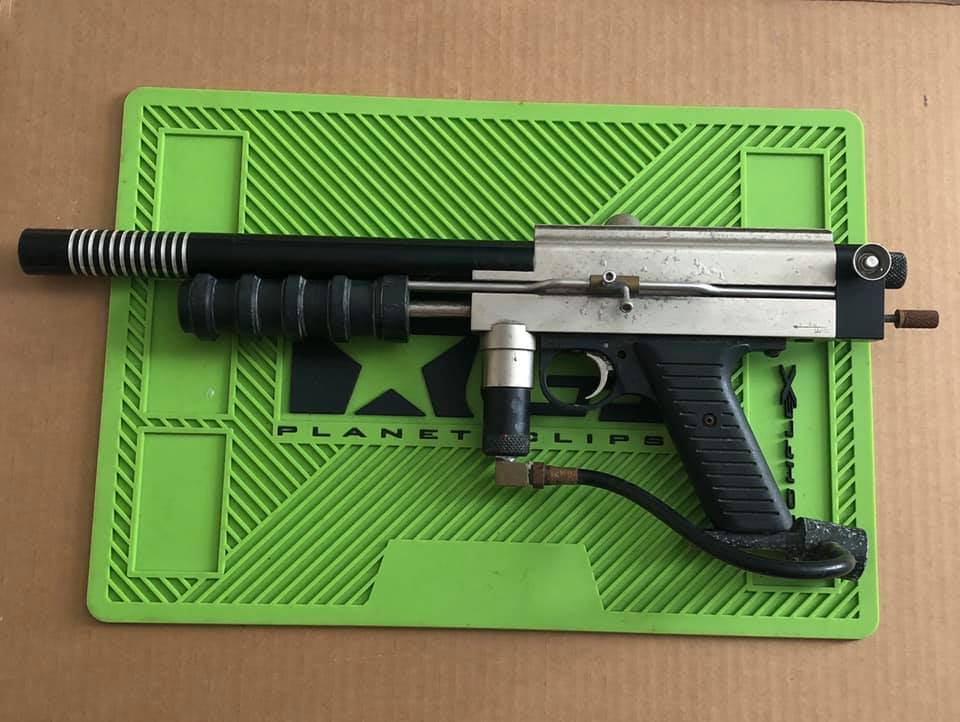
The Earliest Autococker Innovators – West & East Coast
While (accidentally!) forgetting a good number of shops, the earliest wave of west coast Autococker adopters included Foxhunters, Pacific Paintball and Carter Machine, with Palmer’s, Delta Archery and Desert Fox joining in soon after (probably 1992-1993) with the intro of the Rock LRP from Palmers.
In the midwest and the east coast, two early innovators included Russell Breeden / RKB Engineering and Skip Swift of SwiftLine. And quick to follow were Bad Boyz Toyz and Boston Paintball after the Rock made the platform easier to navigate.
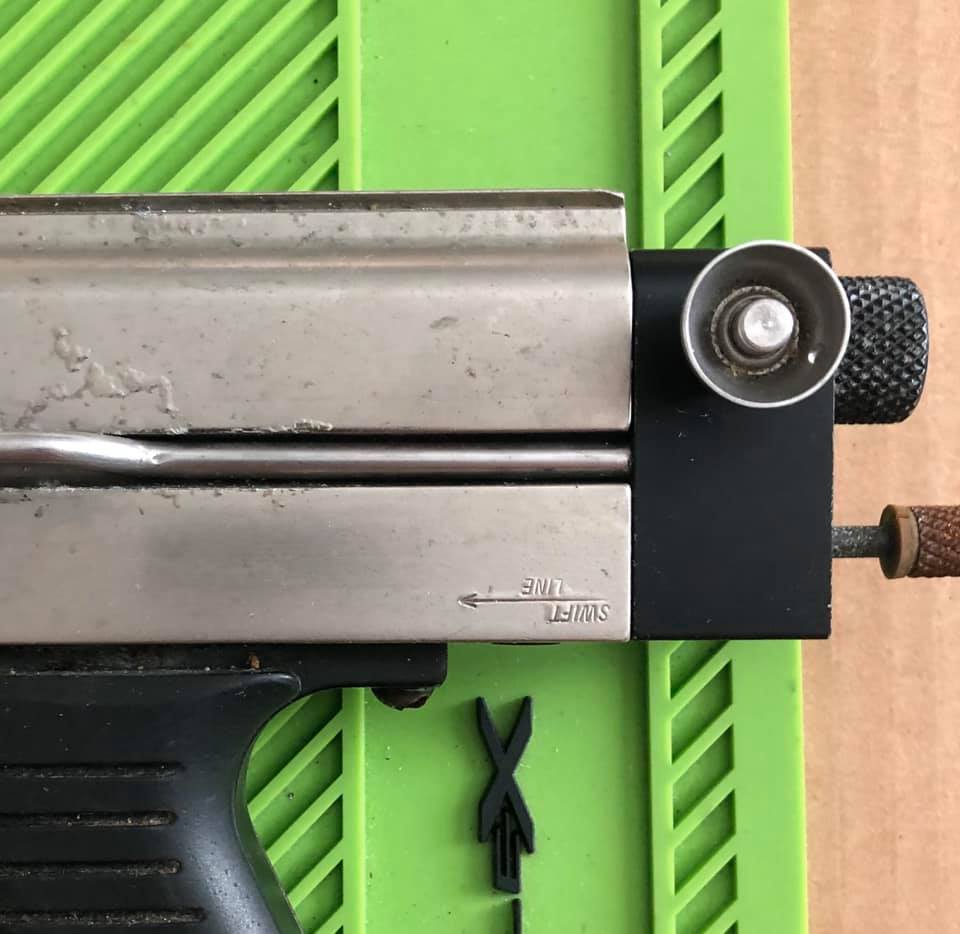
Years of research have revealed details on many of these shops and their earliest modifications, but info on SwiftLine has probably been the most difficult to unearth. While Skip Swift’s name and SwiftLine branding have popped up repeatedly over the years, the actual details haven’t amounted to much.

Skip Swift’s Local Work in Connecticut
Recently, a post on the Facebook Old School Paintball Gun Group led to some interesting new information, not only about Swift’s brand and designs, but also the team he played with, Thunderstorm.
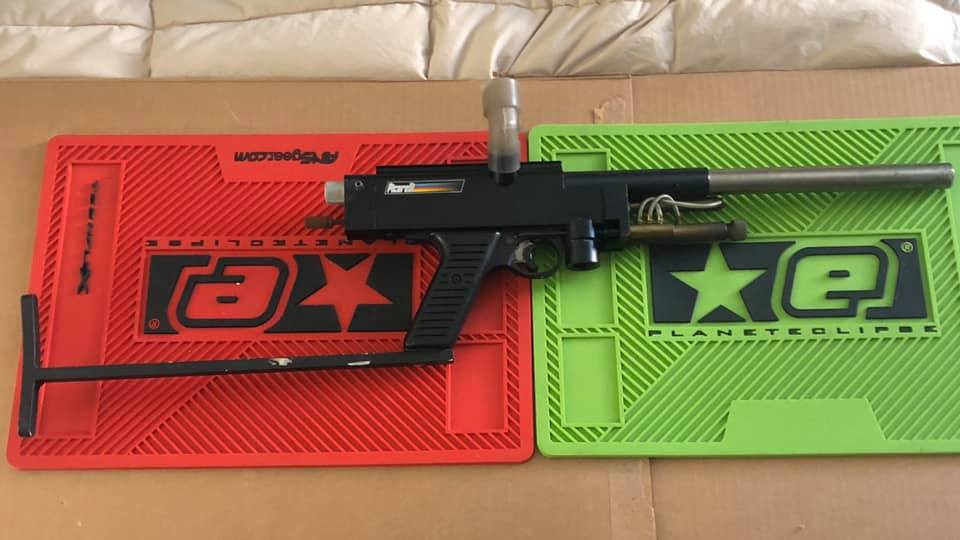
In the recent posts, Vito Doria, a team member of Thunderstorm, added photos of a custom Autococker that used a top down detent style and featured “Picarelli” stickers on the sides.
I asked for more details, and Vito explained that the pictured Autococker originally came from Thunderstorm player and Tippmann Rep, Tom Ghee.

Doria writes, “If I had to guess, Skip Swift probably did the detent. Picarelli turned into Pico enterprises [by] Jim Vaillencourt. [Vaillencourt] made a lot of parts back in the day. Slide drops, star fire bolts, thread savers, Asa’s and much more than I can remember. Tom, Jim and I were in a local team called Thor Omega. As for the barrel I think that may have been a Pico as well.”
Vito went on, explaining that he is out of Connecticut and after Thor Omega played with Skip on Thunderstorm.
“We all started out together at Strategy Plus in East Hampton CT. [Skip Swift] started chopping and milling cockers early on. We were his test dummies.”
And he details the above patch, remembering, “We didn’t make a lot. Our claim to fame was winning the first NPPL [in the] amateur division in Dallas. We were one of the founding teams. I was not on the team then though.”
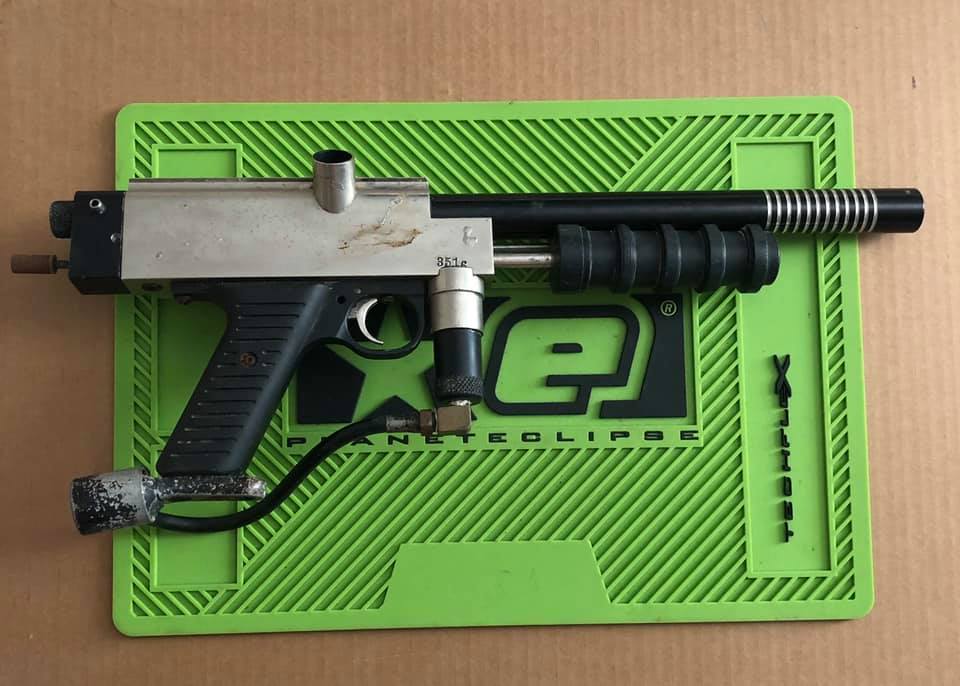
Doria sent photos of another Sniper 2 in his collection with a few more SwiftLine modifications. Stating that Skip milled the “Grooves on the bull barrel” pictured.
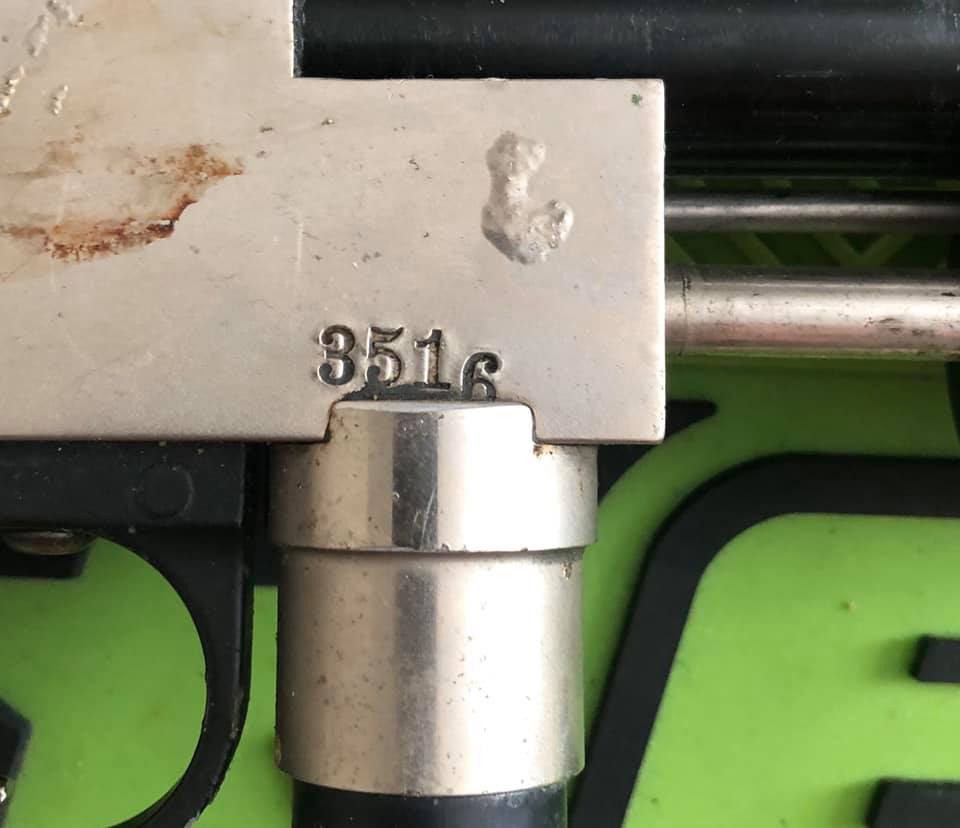
On this markers particular condition, Vito comments, “Yeah the nickel is bubbling. I was hoping to find one of his Skelton cockers bit I think I musta passed it on.”
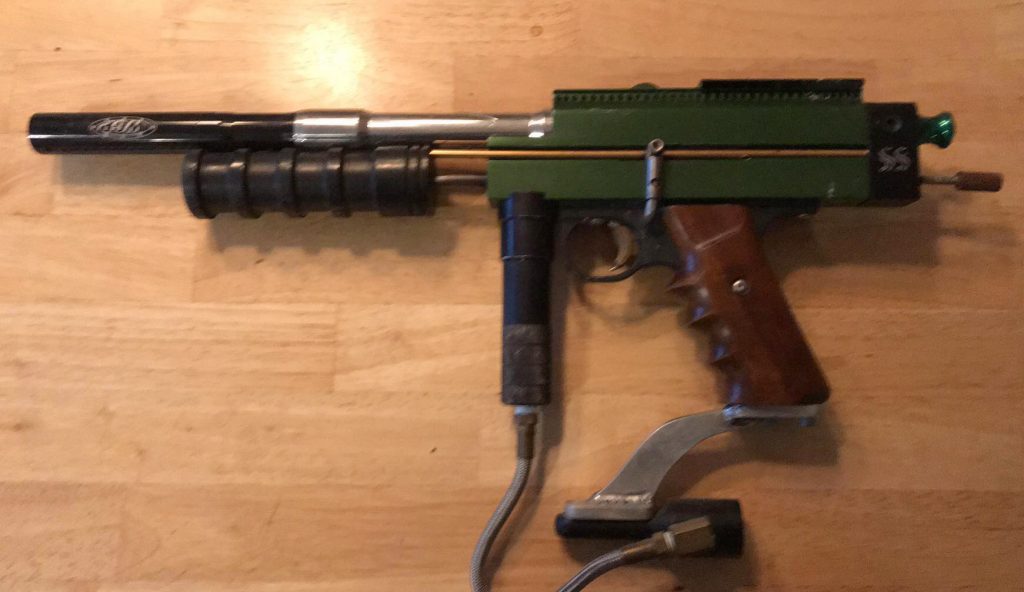
Doria also sent photos of a second SwiftLine stamped Autococker. This marker is anodized Green and features the auto trigger assembly commonly recognized as Skip Swift’s design.
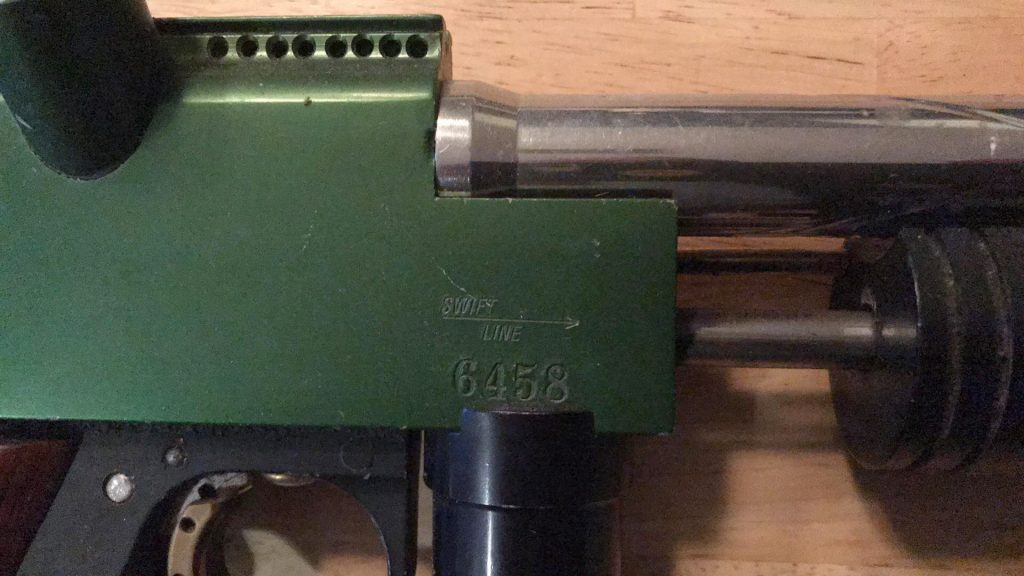
According to Vito, this marker belongs to Skip Swift and the serial is 6548. Most of the markers Skip worked on seemed to be serialized under 10k, likely making them prior to 1993.
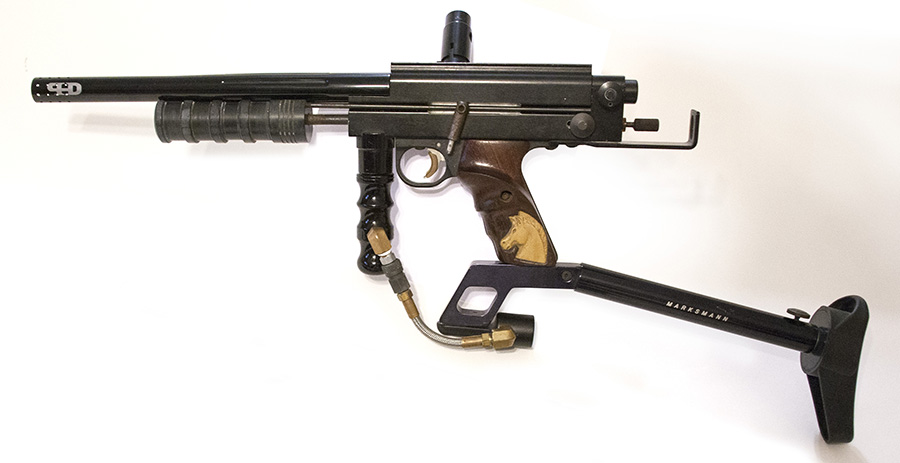
Searching around for more information on SwiftLine brought up Mark “Slim” Hatfield’s post on his modified Sniper 2.
Slim worked at several shops and fields in Connecticut and played on the team TAC.
Responding to questions I wrote up Hatfield writes:
“I worked at Strategy Plus (paintball field) in the late 1980s as a ref and then Field Manager. I also worked the field truck registering players and doing sales. The owner of the field, “Big Jim” Iulo also owned the two “biggest” paintball stores in CT at that time called “The Supply Depot” – one was in Bethel, CT, and the other store, where I worked, was in North Haven, CT. I worked there as the manager from 1992 till 1994 or ’95.
I then went to work for the main competitor, James Maslar who ran a paintball shop in Waterbury, CT. I also worked at his field (Extreme Paintball) as a field manager from 1995 to 1996. Maslar was the Captain of Thunderstorm. Strategy Plus shut down in 2013. Extreme Paintball is still in operation.”
In a for sale post dated 2017, on mcarterbrown, Slim writes, ” Below is my WGP Sniper II that I bought new back in 1992. I had it modified by Skip Swift from “Swift Line”. Skip did a lot of custom gun work here in CT back in the late 80’s/90’s and was known for both his quality work and early innovations to improve the WGP platform. This was my primary OC pump for many years, but was retired in the late 90s as I transitioned back into stock-class play exclusively. “
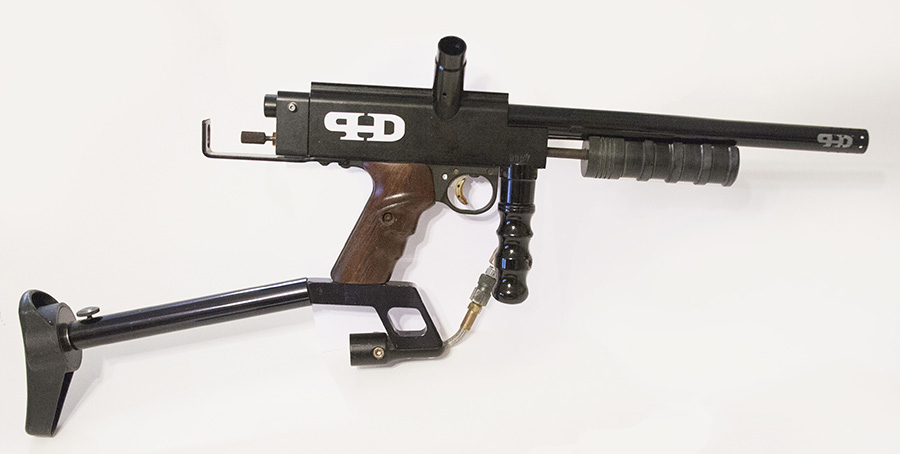
Slim goes on to detail some of the components:
“Swift Line modifications include [Swift’s] signature anti-doubler, velocity lock down thumb screw (with two lockdown positions), lightened back block, auto-trigger, custom-milled Delrin pump, and PGP trigger work. Additional features are the solid Delrin bolt, “beaver tail”, mini-expansion chamber, SS-braided hose with QD, feed neck extender, quick pull release bolt pin, Marksman telescoping stock (from the UK), and custom-made wood grips.”
Mark does mention that the bolt came from Pacific Paintball and is likely one of Anthony Meno’s Smoothie Bolts. He writes, “Regarding the bolt, I can say with almost certainty that it was a Smoothie bolt. I remember ordering from Pacific Paintball often while working at Supply Depot, so it makes sense that I got it from them.”

One particularly neat cut on Slim’s marker is the milled out back block. Slim writes, “Here is a photo of the milled out back block. Pretty stealthy as you would never know it was lightened from the outside.”
Find Slim’s for sale post on mcarterbrown here.
The Ironmen and Early Autocockers
As time went on, word of Skip’s craftsmanship spread and his early innovations for Autocockers became well known and highly regarded.
Skip’s cockers caught on throughout the Northeast and word traveled.
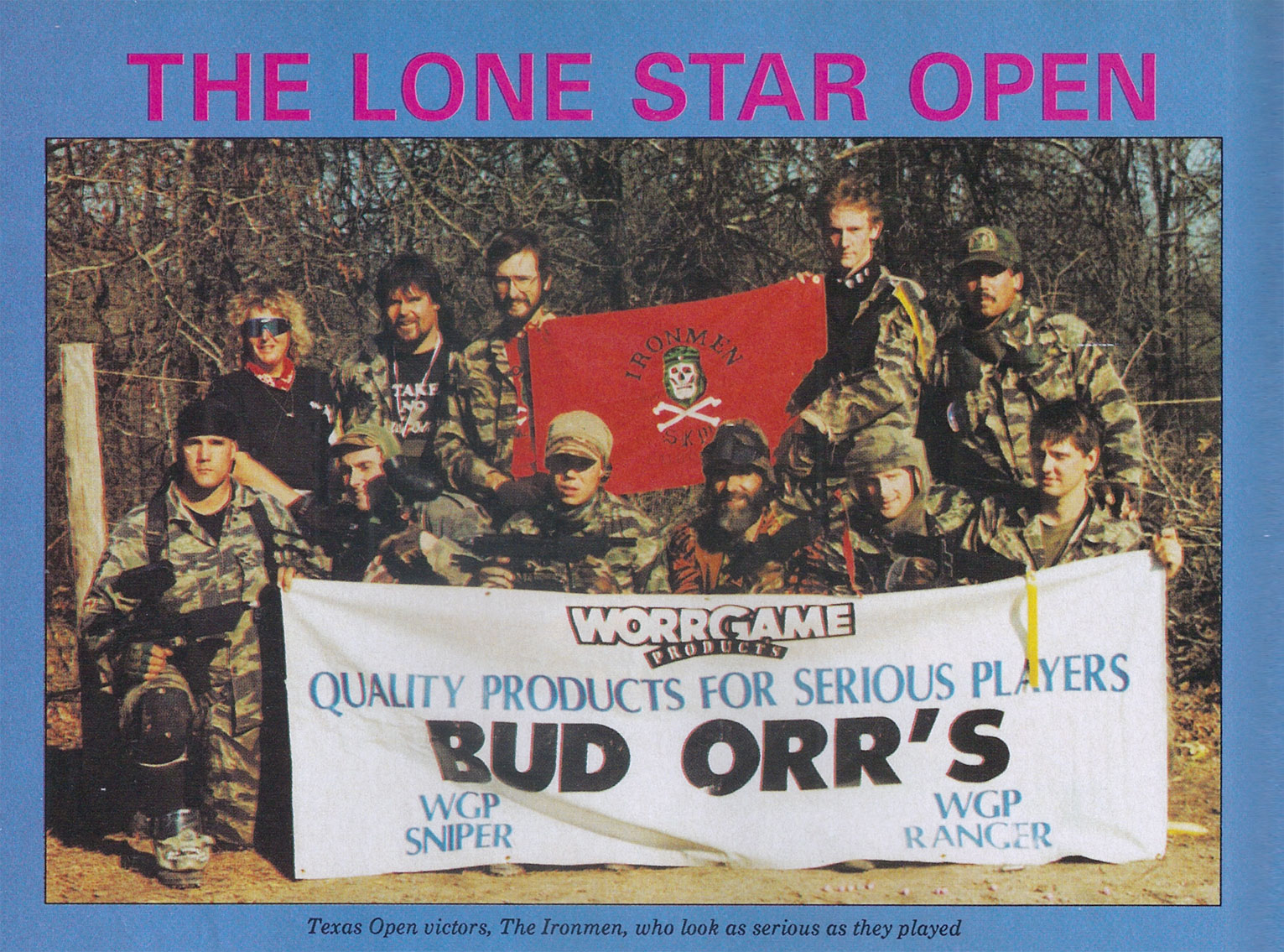
In fall of 1990, WGP selected the Northern California based Ironmen to debut the Autococker which premiered in March of 1991, at the Lone Star Open.
With the Ironmen’s sponsorship from WGP, their adaptive strategy and versatile players they were able to win an unprecedented amount of tournaments in 1991. But the Ironmen needed innovation to stay on top, and in some form they found that edge with the help of Skip Swift in the following two seasons.
Skip Swift on meeting Bob Long and working on their Autocockers
Vito Doria asked Skip Swift about how he formed his relationship with Bob Long and the Ironmen. Swift writes that it started at Canobie paintball in New Hampshire. Swift recalls:
“We were playing tournaments up at Canobie paintball and Bobby Long came up there to play a tournament with us. [He] and I just kind of got together, he saw our guns and he flipped out and then him and I started talking. Then he gave me his gun, so I did his gun and then next thing I know he sent me the whole team’s guns and then we just became pretty good friends.”
Canobie Paintball was one of the well known competitive fields in the North East. New England Express, Grim Reapers, Wild Geese of NH, Thunderstorm, Gang Green and many others would meet to scrimmage there between tournaments.
” SwiftLine does the best Bud Orr modification on the planet “
Probably the most insightful write up from the early 90s, that is still available online, comes from Ironmen player Alexander “Zander” Rose. Rose detailed some of Skip’s modifications in posts on the rec and alt sport newsgroups that were later archived on Warpig.com.
In the except used in the intro, from Warpig, Zander offers acclaim for SwiftLine, “I would say with confidence however that Skip Swift at SwiftLine does the best Bud Orr modification on the planet and that is probably why he is the only authorized Worr Games East.”
Rose competed with the Ironmen, starting about 1990, when they initially started talking with WGP about a sponsorship. He left the team in around 1994.
Perspectives from the Ironmen
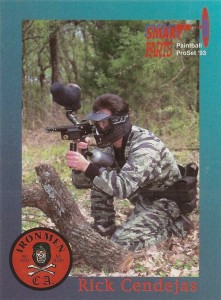
Rick Cendejas poses for this 1993/94 Smart Parts trading card. 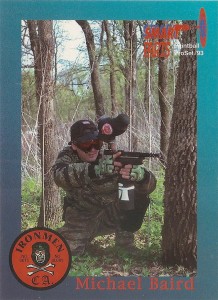
Michael “Machine Gun Mike” takes aim on his Smart Parts Paintball trading card.
I asked Rick Cendejas and Michael Baird about initial hurdles they had to overcome with the team’s first Autocockers. By 1991 both players had done extensive travel and tournaments with the Ironmen.
Rick remembers, during this period, that Bob Long’s wife, Phyllis Long kept stats for the team. One impressive statistic to overcome was just how often their early Autocockers went down.
Rick writes that the exact statistics were, “2.2 guns that worked before we walked onto the field went down at the start station or during the game.”
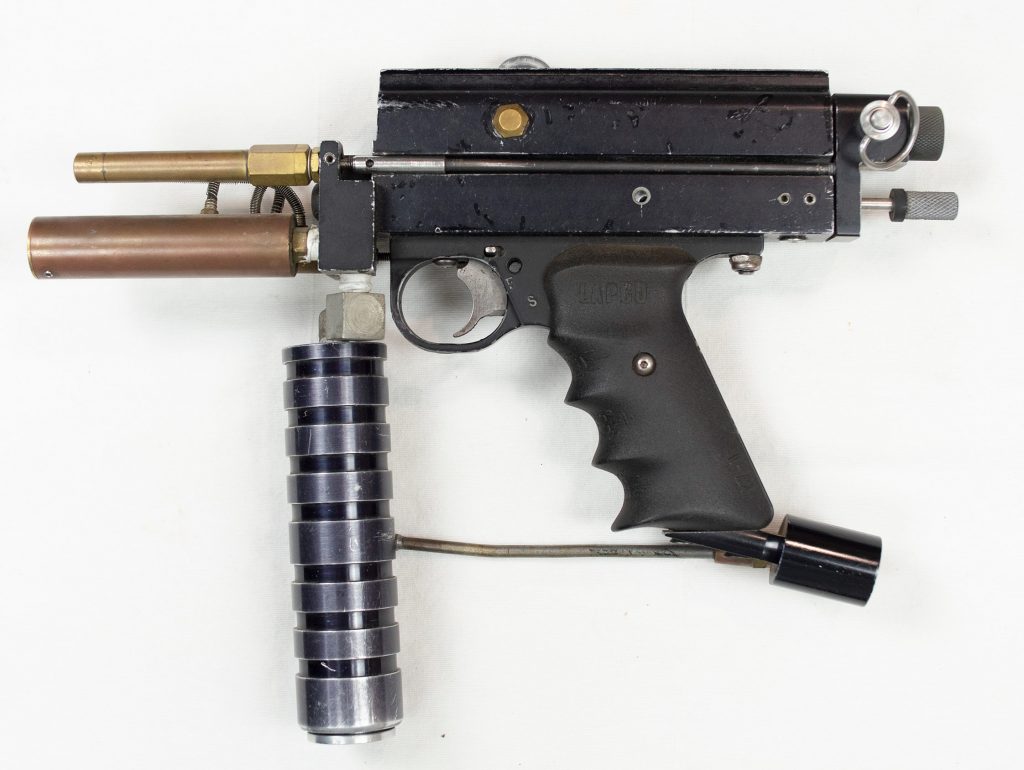
During this time the Ironmen were allowed by WGP to field a couple markers other than the Autococker. Cendejas often used his F1. He continued, “It was a long time that I could say my F1 Illustrator never let me down, and then it did.”
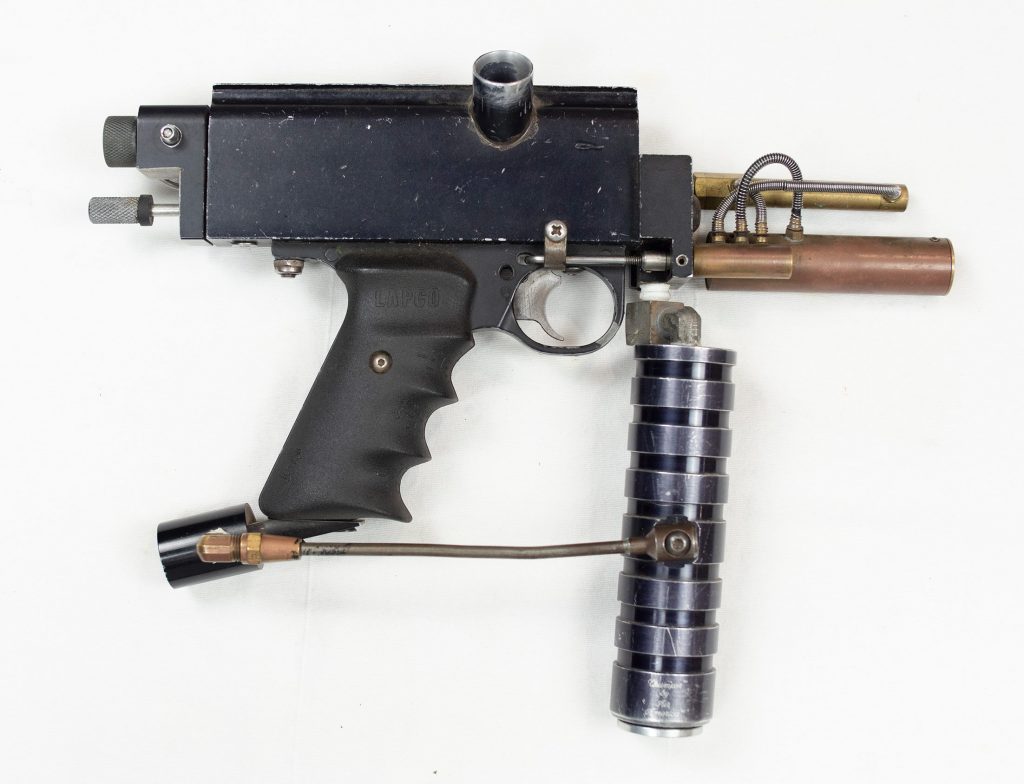
Read about Rick’s early cut down Ironmen Autococker pictured above here.
Michael Baird remembers the “2.2 guns” down statistics often relating to the early Autocockers having a tendency to over-pressurizing and “blow hoses. Then Bud put springs around the hoses. That helped but the real game changer was Glenn’s Rock [Low Pressure Regulator].”
Read about Mike’s early Ironmen Autococker here.
Rick and Mike also remember that at first, likely during the 1991 Lively Series, they weren’t allowed by WGP to modify their Autocockers.
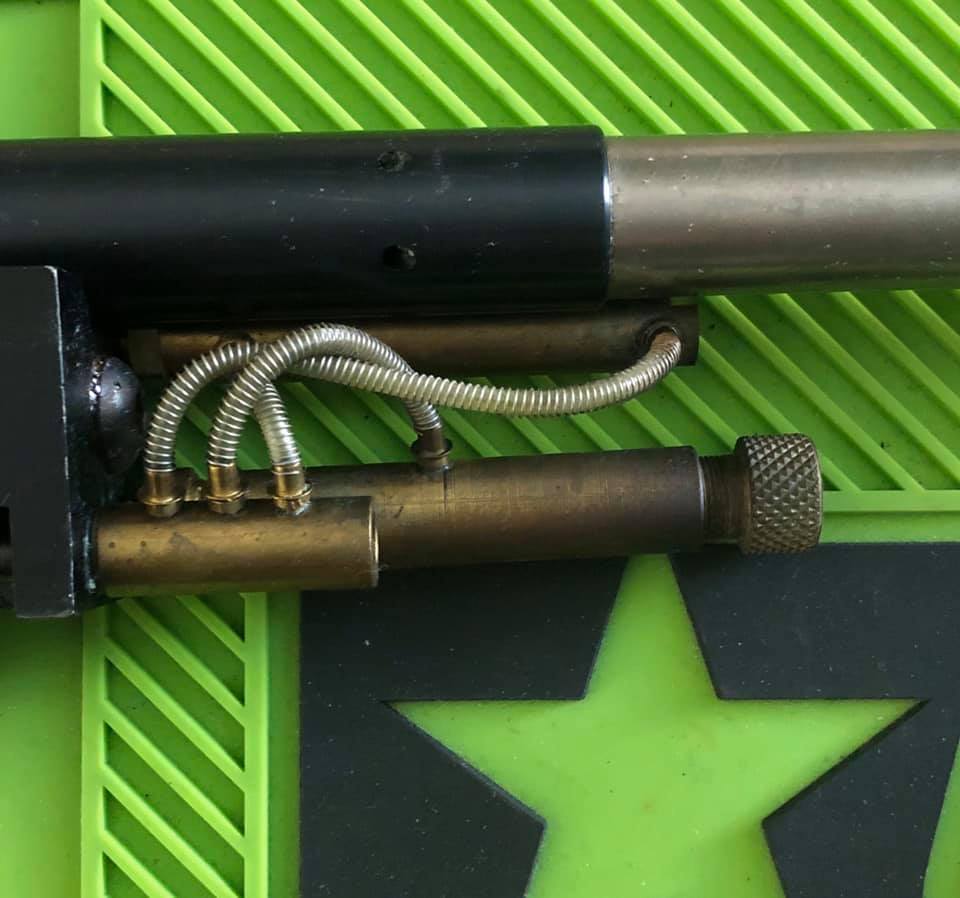
Detail from Tom Ghee’s Autococker. Photo courtesy / from the collection of Vito Doria.
At some point they were allowed to start tinkering, and Rick explains that, “When Swift drilled those holes [for lug / sear adjustment] people noticed and many initially thought it was a cheat trick.”

During this time Renick Miller, of Shocktech / Aftershock / Badlandz was constantly researching markers and modifications for Aftershock. The team was shooting a mix between F1 Illustrators, VMs, Automags, pumps and Autocockers. He remembers sending his personal Autococker to Skip. He writes on facebook, “…Skip Swift was a machinist from the east coast I believe? He was one of the very first guys modifying cockers and probably the first from back east. Then you had Danny and Vu on the west coast out of Desert Fox. Skip got out of it and of course we know Dannys story.”

Pictured above are two of Bob Long’s SwiftLine autocockers. Long played with the top marker and even posed with this SwiftLine Autococker in some JT ads.
In a post on facebook, Renick talks about how he ended up with two of Bob Long’s Autocockers after the 1993 Reno event:
“I picked them up from Bobby at the Reno event the men won. I forget the year but I believe they won every major event in America that season? The gun on top was his primary as built by Skip Swift of Swift Line, it is also the gun he was holding in the two page jt ad back then that was so popular. The bottom gun was just a backup.”
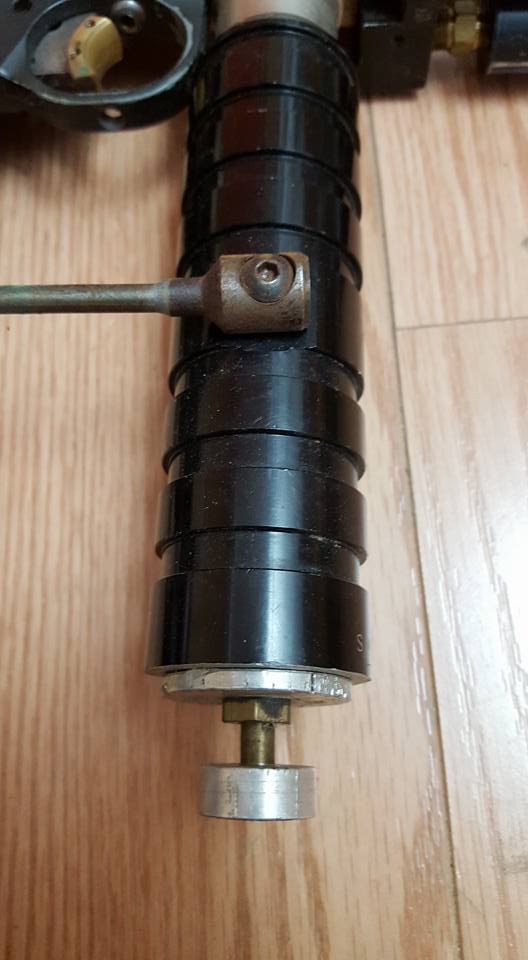
Detailing these cockers Renick adds, “If you’ve ever played with co2 then you know what this little bleed off is for…Gotta get all that liquid out before you chrono off, but maybe not during ?”
But what else do we know about Skip Swift and SwiftLine? Did he venture outside the realm of WGP?
SwiftLine Modifications and Accessories
A few of Skip’s most common modifications seemed to be:
- Top down detents
- Side logo stamping
- Drilled sear / hammer lug adjustment holes
- Custom Pump handles / kits for Sniper 2s
- Auto Trigger assemblies
- Custom finishes and lightening / Skeleton milling.
- Lightened, ported and polished bolts
- Opened up internal passages
- Trigger work (set screws)
- Internal fitting to negate “sloppiness”
Alexander “Zander” Rose writes, in the archived article on Warpig:
“The other modifications Swift does are: Drilling a special hole through the top of the receiver and hammer so that the sear adjustment can be fine tuned without taking the trigger assembly off. He grinds the main spring so it doesn’t rub the firing pin. He also puts an allen screw through the back of the trigger assembly that can be adjusted to fine tune the trigger pull. He lightens the bolt and generally streamlines all the internals so that they mate perfectly, thus negating any manufacturing sloppiness. I hope this answers your questions if there is anything else don’t hesitate to ask.”
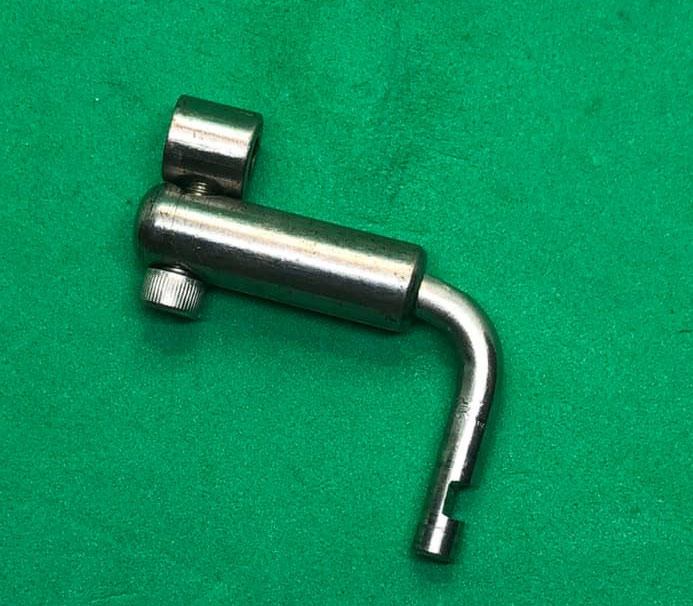
With the help of Vito Doria we were able to narrow down the exact style of Skip Swift’s Auto Trigger. It’s close in design to the Fox Hunter’s model, with only one mounting point on the pump rod (where Russell Breeden and many others used two mounting points) and the mount and arm move freely and the paintgun is pumped.
Zander goes on to detail Fox Hunter’s Auto Trigger vs the SwiftLine AT set up in a Q and A from the Warpig article:
Which is the best Bud Orr auto trigger?
Answer:
The best auto trigger is the one that Foxhunters in Castro Valley Ca. used to do but the business was sold so I don’t know if the new ownership still does them. However Skip at Swiftline does a version of the same thing. It is a rod that comes out of the safety hole on the trigger assembly (like all Sheridan type auto trig’s) but a section of the receiver where the pump arm slides is hollowed to allow an adjustable fitting which in turn is bolted to a small brass tube arm that slides up and down on the rod from the trigger assembly. I know this sounds hoaky but if you saw it you would realize how slick it actually is.
But Swiftline also had small parts manufactured for Sheridans and offered custom gear including B Cubed / Fast Al Hip Clip style belt packs.
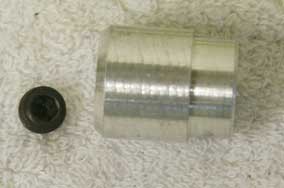
Two sheridan pieces I believe SwiftLine manufactured include RVA’s and Speedloaders.
In another post, Slim describes the B Cubed / Fast AL Hip Clip style belt mount pod pack.
“Ahh yes, Skip Swift owner of Swiftline Industries. He made some cool 50 round aluminum pods that snapped into a holder on a pack you wore.”
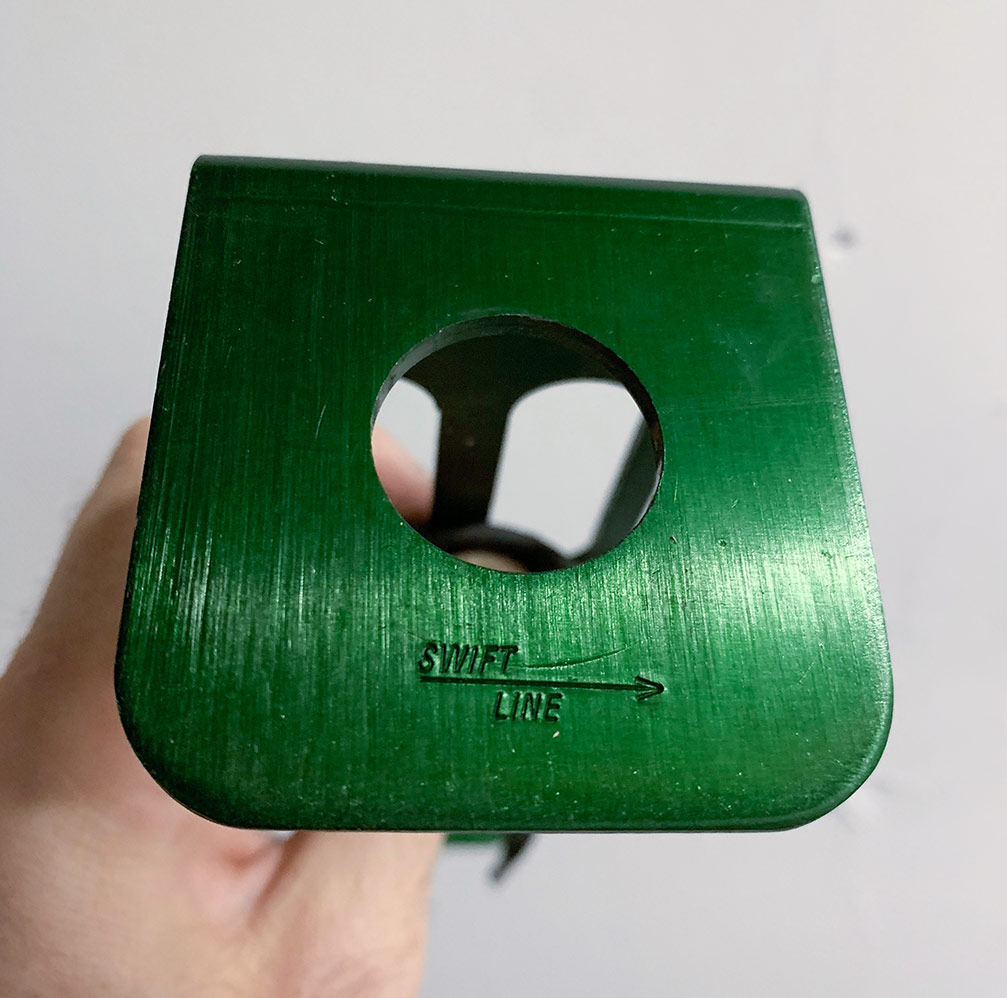
I received one of these Fast Al style belt packs recently from Mike P., who played on New England Express, and upon further examination found the SwiftLine stamp on it.
SwiftLine, at the forefront of Autococker Innovation and Customization in 1991-1993
Many steps in the Autococker’s progression are taken for granted today. At a time when Autocockers were an unknown, Swift was one of the few to bring out new innovations in the categories of designs, custom finishes and adjustment techniques. It’s important to recognize leaders who helped contribute to the experience of shooting a modern Autococker.
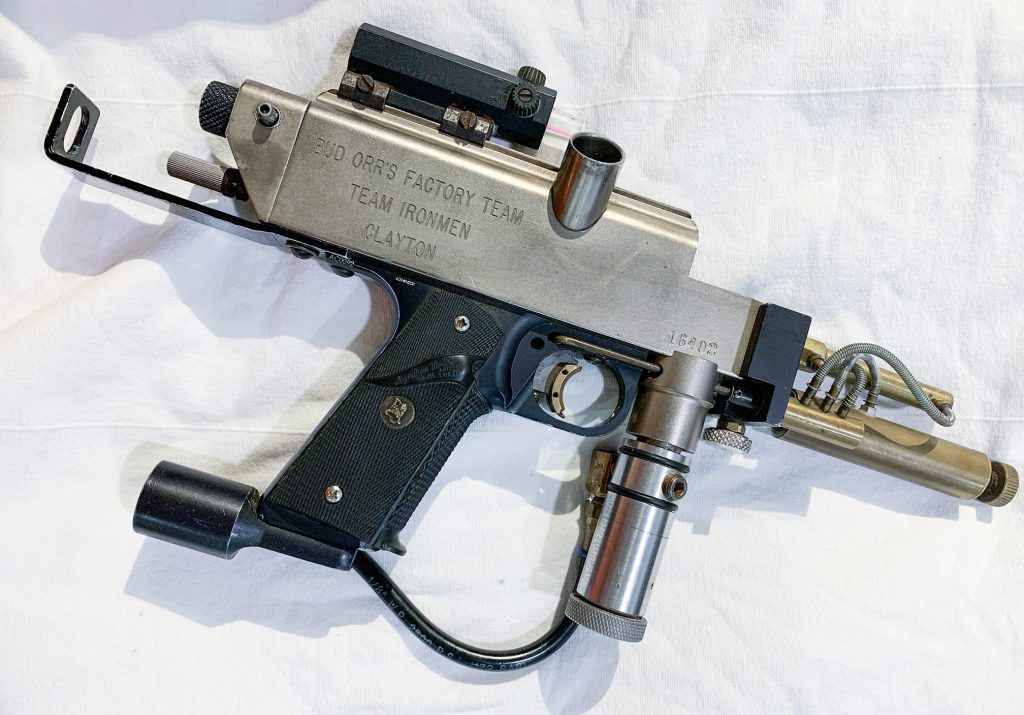
One example of Skip Swift’s designs inspiring Bob Long and WGP’s are the 1994 Nickel Plated Ironmen Autocockers. These markers were finished very close to the matte Nickel finish common on earlier cocker done by Swift.
With Help From…
It’s always fascinating compiling information on early innovators and I’ve wanted to do something like this on Skip Swift and SwiftLine for a while now.
This would not have been possible without the assistance from many knowledgable and helpful friends who could offer insight.
- Huge thanks to Vito Doria for his help with photos and history and getting me started on this journey.
- Many thanks to Mark “Slim” Hatfield for allowing the use of his photos and for answering questions.
- Another thank you to Renick Miller at Bad Boyz Toys for the photos and quotes.
- And thanks to Rick Cendejas, Michael Baird and Alexander Rose for their insight.
If you have a Skip Swift modification or SwiftLine branded part that I can add to this article please comment and I will get in touch with you or reach out to me directly. Thanks!

